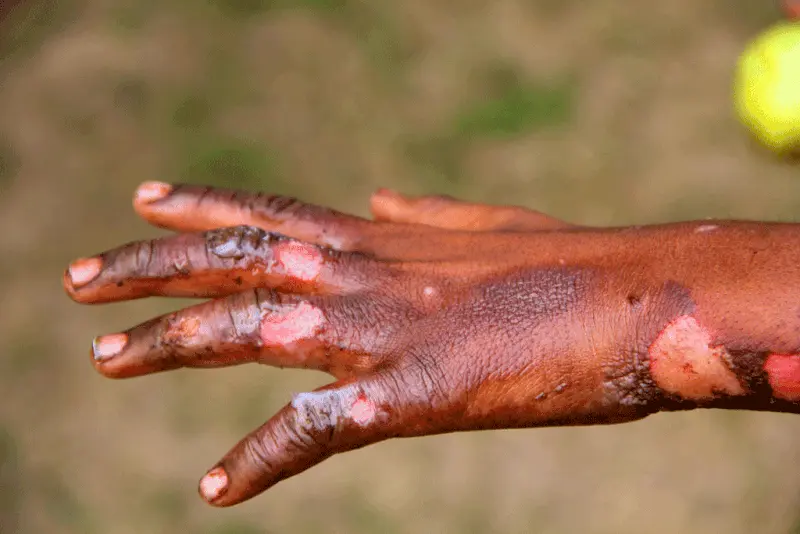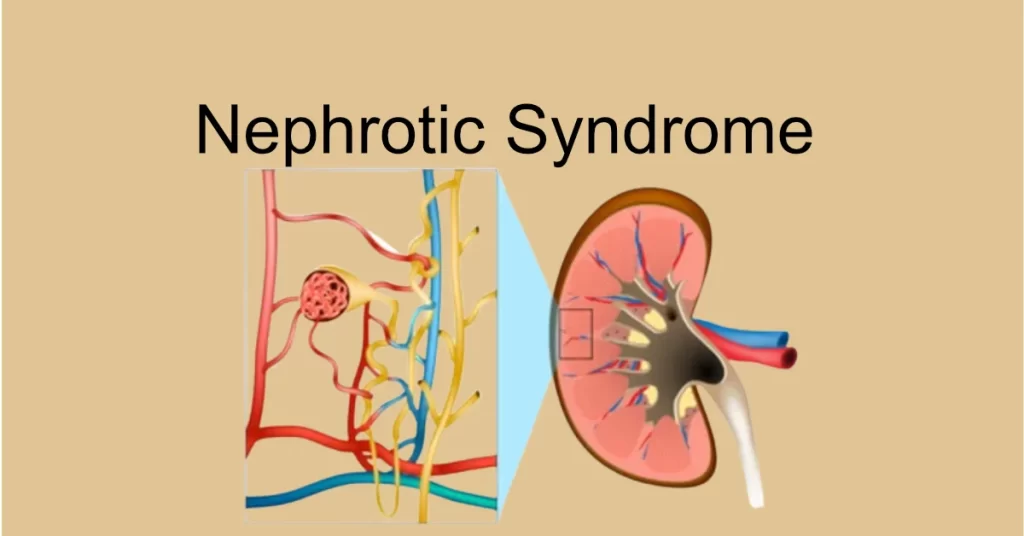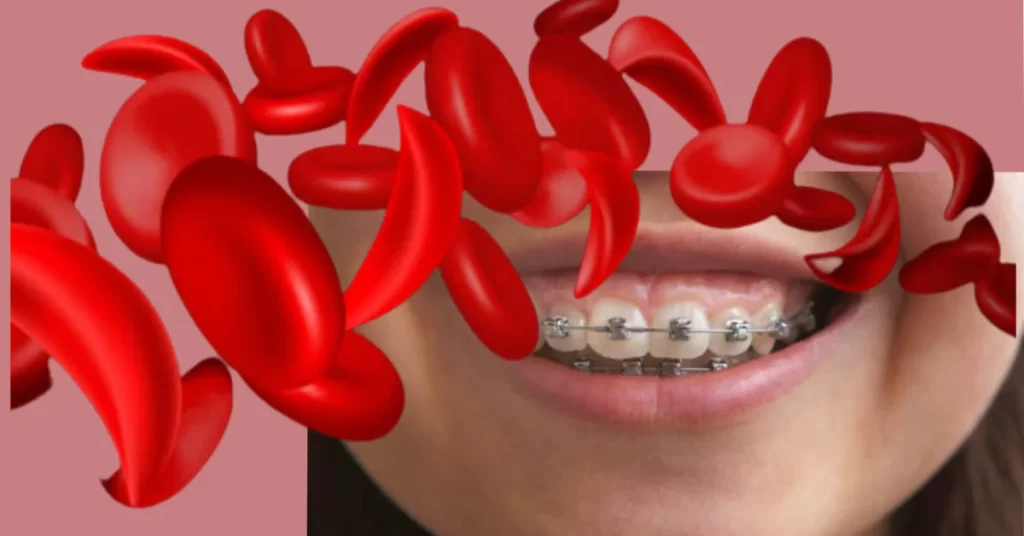Understanding Haemophilias: Types, Genetics, Pathophysiology, and Management

: In this blog, we will delve into the world of haemophilias, rare bleeding disorders that affect a significant proportion of the population. We will discuss the definition, types, genetics, pathophysiology, clinical features, and management of these disorders. Additionally, we will compare and contrast hemophilia with von Willebrand disease to help readers understand the nuances between the two conditions.
Introduction:
Haemophilias are rare genetic disorders characterized by a deficiency or dysfunction of clotting factors VIII or IX. These factors play a crucial role in the blood clotting process, and any impairment in their function can result in excessive bleeding or prolonged bleeding episodes. Haemophilias are inherited in an X-linked recessive pattern, and predominantly affect males.
Definition:
Haemophilia refers to a group of bleeding disorders that affect the blood’s ability to clot properly. The two most common types are haemophilia A and haemophilia B, which are caused by a deficiency of clotting factors VIII and IX, respectively.
Types:
- Haemophilia A is the most common type of haemophilia, accounting for approximately 80% of cases. It results from a deficiency of clotting factor VIII.
- Haemophilia B, also known as Christmas disease ( because the first haemophilia B patient named Stephen Christmas), is caused by a deficiency of clotting factor IX and is less common, accounting for approximately 20% of cases.
Genetics:
Haemophilias are inherited in an X-linked recessive pattern, meaning that the mutation causing the disorder is located on the X chromosome. Females have two X chromosomes, while males have one X and one Y chromosome. Therefore, males are more likely to inherit haemophilia than females. Females can be carriers of the condition, however, and can pass it on to their sons.
Pathophysiology:
Haemophilias result from a deficiency or dysfunction of clotting factors VIII or IX, which are essential for normal blood clotting. When a blood vessel is injured, a series of complex reactions occur that result in the formation of a blood clot, which helps to stop bleeding. In individuals with haemophilia, this process is impaired, leading to excessive or prolonged bleeding.
Clinical Features:
The clinical features of haemophilias vary depending on the severity of the disorder ( residue factor viii/ix). Individuals with mild haemophilia may not experience any symptoms until they sustain an injury or undergo surgery.
Those with moderate to severe haemophilia, however, may experience frequent spontaneous bleeding episodes, such as joint bleeds especially large joints including knee, ankle, hip and elbows (hemarthrosis) or muscle bleeds (hematomas) most common are calf and psoas muscles, retroperitoneal and intracranial bleeding. These bleeding episodes can be painful and debilitating, and if left untreated, can lead to joint damage or other complications like compartment syndrome in muscle hematomas.
Management:
The management of haemophilias involves replacing the missing or dysfunctional clotting factor ( factor viii/ix) through infusions of clotting factor concentrates.
The treatment regimen varies depending on the severity of the disorder, but generally involves prophylactic (preventative) infusions to prevent bleeding episodes, and on-demand infusions to treat acute bleeding episodes.
- Medication: The vasopressin receptor agonist desmopressin , raises the vWF and factor VIII levels 3–4-fold, which is useful in arresting bleeding in patients with mild or moderate haemophilia A.
- Following repeated administration of desmopressin, patients need to be monitored for evidence of water retention, which can result in significant hyponatraemia. Desmopressin is contraindicated in patients with a history of severe arterial disease because of a propensity to provoke a thrombotic event, and in young children where hyponatraemia can result in fits.
Note: Once bleeding has settled, the patient should be mobilised and physiotherapy used to restore strength to the surrounding muscles.
Additionally, individuals with haemophilia should avoid activities that increase the risk of injury, and should seek prompt medical attention if they experience any signs or symptoms of bleeding.
Difference between hemophilia and von Willebrand disease:
Von Willebrand disease (VWD) is another bleeding disorder that is often confused with haemophilia. However, VWD is caused by a deficiency or dysfunction of von Willebrand factor (VWF), a protein that helps platelets to stick together and form clots. While both haemophilia and VWD can result in prolonged or excessive bleeding, they differ in several ways. VWD affects both males and females equally, and can present with a wider range of clinical features than haemophilia. Additionally, the treatment for VWD involves replacing both VWF and clotting factor VIII, which is not necessary in the treatment of haemophilia.
In conclusion, haemophilias are rare genetic bleeding disorders that can have a significant impact on an individual’s quality of life. Understanding the definition, types, genetics, pathophysiology, clinical features, and management of haemophilias is crucial for both individuals with the disorder and healthcare professionals who treat them. With proper management, individuals with haemophilias can live full and active lives, free from the debilitating effects of bleeding episodes.






Responses